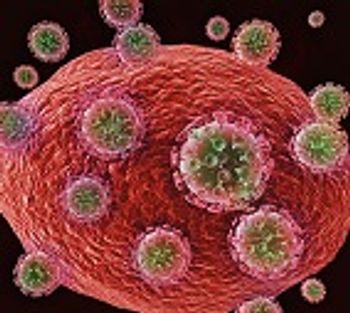
An essential component of HIV that explains how the virus infects other cells and remains undetected by the immune system has been discovered by researchers at the MRC Laboratory of Molecular Biology in Cambridge and the University of London.

An essential component of HIV that explains how the virus infects other cells and remains undetected by the immune system has been discovered by researchers at the MRC Laboratory of Molecular Biology in Cambridge and the University of London.

The city of Manchester, New Hampshire health department reopened its Crystal Lake public beach after previous analyses found elevated levels of E. coli.

Two new cases of Polio have been discovered in Nigeria.

A hepatitis A outbreak in Hawaii has reached more than 200 cases.

In response to an increase of hepatitis C cases in Rhode Island that have resulted in hospitalizations and deaths, the Rhode Island Department of Health and the Rhode Island Public Health Institute have worked together to compose their first ever, comprehensive epidemiological report.
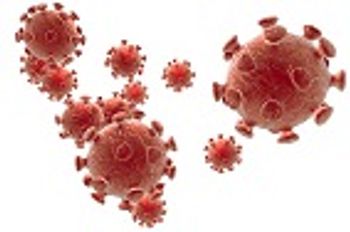
A new study conducted by researchers at John Hopkins Medicine has found that most of the proviruses in the latent HIV reservoir are defective but the current methods used to measure size of reservoirs, PCR and QVOA, are not precise in their measurements in that their results often count proviruses with and without defects.

A total of 808 cases of cholera have been found in the republic of South Sudan's capital city of Juba.

Collateral damage from the ongoing opioid abuse epidemic in the United States continues to plague many rural communities across the country, with recent reports suggesting it is likely behind clusters of HIV cases in these areas.

As the number of locally-acquired Zika cases rises in Florida, mathematicians are researching a new approach to control vector populations.

A new study found that girls between 9 and 14 years of age who received a two-dose HPV-16/18 AS04-adjuvanted vaccine over a 6 or 12-month period of time are just as protected from HPV as girls between 15 and 25 years of age who received a three-dose vaccine over the course of 6 months.

Researchers have found that although HIV makes individuals more susceptible to acquire tuberculosis, it is not the cause of the spread of multidrug-resistant tuberculosis.

Approximately 20 staff members from an elementary school in Casselberry, Florida are believed to have contracted norovirus infections last week, a school official confirmed with Contagion.

Burkholderia pseudomallei, the bacteria that causes Melioidosis (or Whitmore's disease), was first discovered in 1911 by pathologist Alfred Whitmore and his assistant.
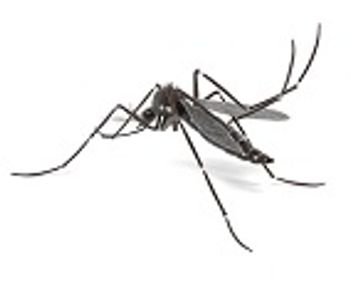
According to an update on the environmental review, the FDA considered thousands of comments from the public prior to publishing its final environmental assessment.

The first household survey was conducted in Liberia to examine the collateral harm to maternal healthcare delivery services in areas impacted by the Ebola epidemic. It showed that since the Ebola epidemic began, facility-based deliveries have declined mostly due to fear of acquiring infection, keeping women away from using the healthcare services available to them.
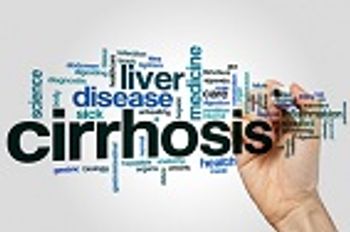
Liver fibrosis and subsequent cirrhosis result from chronic damage to the liver that is caused by most types of chronic liver disease, including chronic hepatitis C virus infection and alcohol abuse.
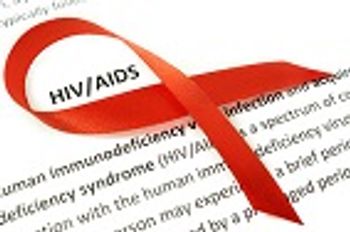
Although several ambitious initiatives intended to put an end to the AIDS epidemic have been developed and implemented, this laudable goal will be difficult to achieve without substantial and wide-scale changes in HIV prevention strategies.

WRAIR announced that their Zika purified inactivated virus vaccine succesfully prevented infection in nonhuman primates.

Researchers from the Oxford University Clinical Research Unit have found that a 5-minute CRP test can assist in the ongoing fight against antibiotic resistance by reducing antibiotic misuse for respiratory infections.

Chlamydia has posed a healthcare challenge for clinicians due to the serious complications associated with it.

Researchers at St. Jude Children’s Research Hospital discovered that adjuvanted flu vaccines do not protect obese mice as they do their lean counterparts from flu infection.

According to IDSA, early diagnosis reduces the need for otherwise unnecessary testing and treatment.

Additional study findings indicated that patients with AD had a significantly higher risk for S. aureus colonization of lesional skin as compared with those without AD.

The approach used in the development of this vaccine was previously implemented by NIAID in a West Nile virus vaccine, which was found to be safe and effective in Phase I trials.

The CDC is providing $67 million to the nationwide effort to fight antibiotic resistance.

The researchers analyzed stool samples from travelers, both before and after their trips, and found that the intestinal tracts of 76% were colonized with superbugs.

Engineers at the Massachusetts Institute of Technology have developed a new type of customizable vaccines using messenger RNA that has proven to effectively combat a wide range of lethal pathogens when administered to mice, and might be able to reduce disease outbreak response time in the future.

Researchers at the University of Virginia School of Medicine have made a discovery that may offer a way to boost patients’ immune systems using M-CSF.

The rapid spread of Zika throughout Puerto Rico coupled with the introduction of active transmission in Florida has prompted the Centers for Disease Control and Prevention (CDC) to award millions in Zika funding to US states and territories.

A new study has confirmed that significantly more women than men diagnosed with Staphylococcus aureus bacteraemia will die within 30 days of acquiring the infection.